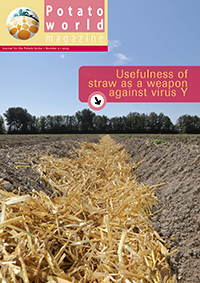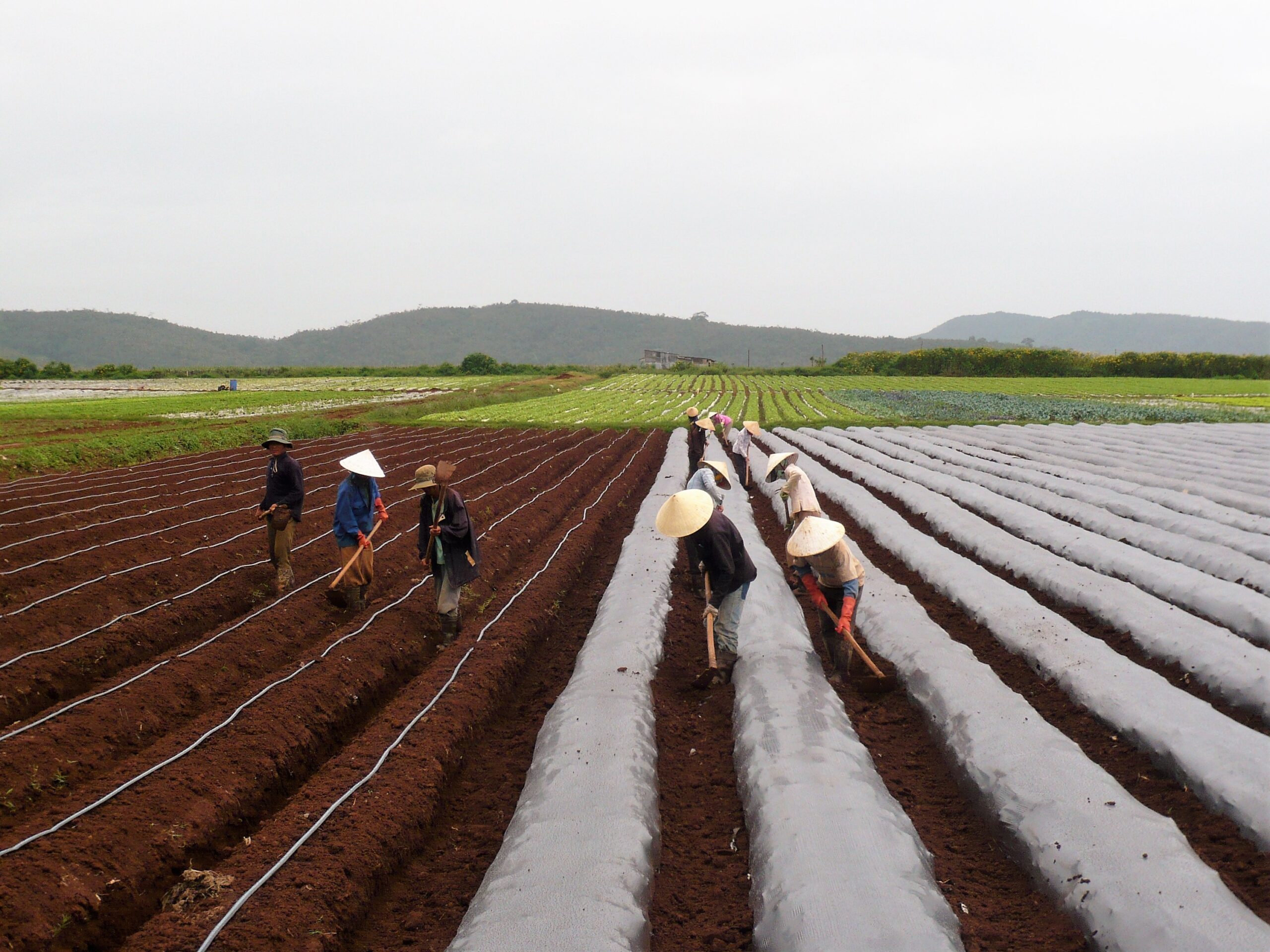Already a subscriber? Activate your premium account

Potatoworld Magazine

Of all irrigation practices, furrow irrigation loses most water through drainage and also loses more nitrogen through leaching than other irrigation practices. Drainage through deep percolation on the other hand is an advantage as it avoids accumulation of salts at the surface. Besides, erosion is considerable as the water flow to some extent always transports soil particles downhill.
Drip irrigation (or trickle irrigation) has none of the disadvantages of furrow irrigation and uses water optimally. Drip irrigation is the slow release of water under low pressure to the soil by dripping it through perforated plastic tubes with emitters at regular distances. In sandy soils, these are spaced apart about 30 cm, in clay somewhat further. In clay soils, these drip tapes or tubes are placed below the soil surface near the roots, or a less expensive solution at the top of the ridge just below the soil. Drip irrigation does not give rise to runoff nor erosion and hardly to evaporation. Moreover no weeds germinate where the surface is not wet.
The pressure in the tube depending on the number of holes (emitters) and length of the tube is about 2.5 bars, which is less than for sprinklers, guns and pivots. The water from whatever source is filtered to avoid clogging. The amount of water supplied per unit is measured by a flow meter at the pump. The system, like the center pivot, offers the opportunity to dissolve nutrients in the solution, thereby combining fertilization and irrigation, called fertigation. Per unit area drip irrigation is the least affordable because of the investment. Even when recycled tubes are used, pumps, tubes and labor are costly and some operations in the field such as spraying by machine are hindered. Drip irrigation is used widely where there are environmental restrictions such as limited amount of surface and deep well water, leaching of nitrate to the environment causing eutrophication or retreating ground water due to excess extraction. The latter is the case in Gujarat in India, in Inner Mongolia (China) and several other sites in the world. As a result, drip irrigation is encouraged by subsidies in some of these regions. Also, when economically feasible, potato processing companies only want to procure raw material from drip-irrigated land to encourage the sustainable use of this scarce resource. In countries with only irrigation on the side, research is being carried out into the feasibility of drip irrigation and fertigation. Of all irrigation systems, the irrigation efficiency of drip irrigation is the highest, 90 percent and is widely used in the relative labor-intensive potato crop, where water is a limiting factor and its use is further restrained by legal and sustainability issues. Drip irrigation is also a very efficient and effective way to apply pesticides into the root zone. A practice found among other in Mexico.
When visiting Poland, where cultivating potatoes has been a major challenge in recent years, PotatoWorld magazine made a video impression about drip irrigation.
Events
©2015 - 2024 Potatoworld | Webdesign and realisation COMMPRO